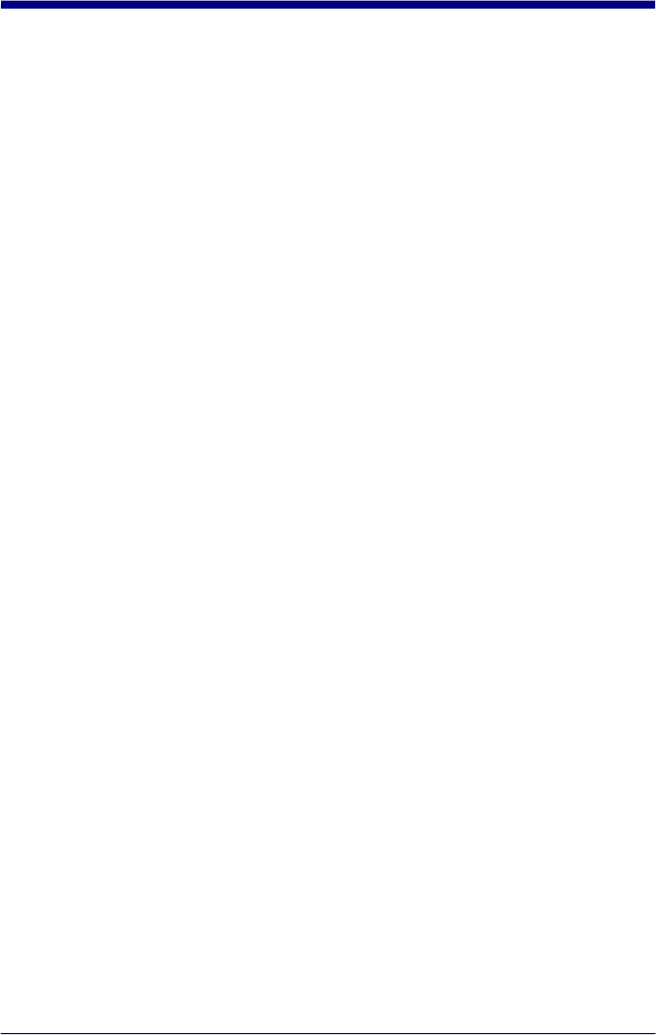
parity: A system for encoding characters as 'odd' (having an odd number of
binary ones in their structure) or 'even' (having an even number of binary ones in
their structure), used as self-checking mechanism in machine-readable symbols.
A parity bit (parity bar or module) can be incorporated into an encoded character
to make the sum of all the bits always odd or always even, that acts as a
fundamental check.
peak: A point of higher reflectance in a profile with points of lower reflectance on
either side.
Pen wand: see “wand scanner”, “light pen”.
picket fence orientation; horizontal bar code: Position of a bar code symbol
in which the axis of the bars is vertical in order to enable a horizontal scanning
beam to traverse the complete symbol. Compare to “ladder orientation.”
pixel: (picture element ) The smallest image element that when combined with
others make a complete graphic image.
print contrast signal (PCS): A measure of the relative difference between the
reflectances of light and dark elements (in the following formula, RL and RD
respectively): PCS = (RL - RD) / RL. Compare to “reflectance difference.”
print direction: The orientation of the print image as it moves through the print
mechanism. Printing “with the web” is image production in the same direction as
web movement. Printing “across the web” is image production at a 90° angle to
the direction of web movement.
print gain/loss: The increase/decrease in bar width due to effects of the
reproduction and printing processes.
print quality: The degree to which a printed optical symbol complies with the
requirements that are specified for it, such as dimensions, reflectance, edge
roughness, spots, voids, etc., that will affect the performance of the scanner.
See “verification.”
print tolerance: An absolute measurement of deviation from a nominal print
width, expressed as being plus or minus (+, -) so many millimeters or
thousandths of an inch.
printer: A mechanism that creates human-readable or graphical symbols. A
specific class of graphical symbols is machine-readable symbols such as bar
code and two-dimensional symbols.
profile: Scan reflectance profile (plot of variations in reflectance with linear
distance along a scan path).
quiet zone: Areas of high reflectance (spaces), free from interfering markings
that must surround a bar code or two-dimensional symbol and, in particular,
precede the start pattern and follow the stop pattern. Also referred to as “light
margin” or “clear area.”
50


















